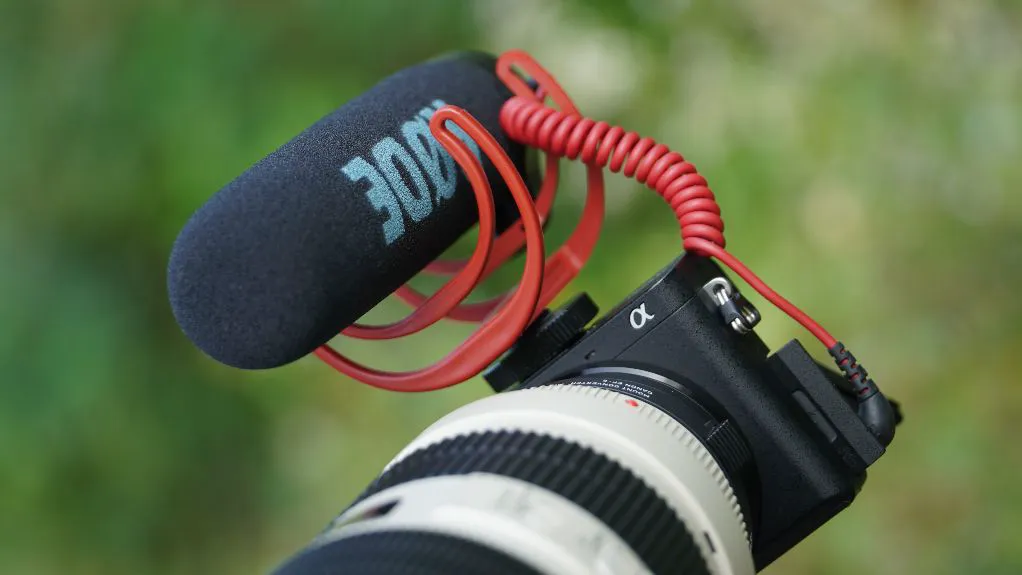Travelling and bikepacking are all about lightweight gear, so when it comes to photography and video-making on the go, I always first ask myself what video I am going to make to help me choose the right gear for the task. As technology advances, there are more and more lightweight options to consider, so it can be quite overwhelming. I will summarize the various options and then go through different sets I carry on my adventures.
Action cameras – Newer models of these little travel companions come with an array of amazing features, and the video quality is outstanding. GoPro or DJI have managed to pack their action cameras with 4k, 60 fps video quality (Gopro 9 even having 5k), in-body image stabilization and a huge variety of mounts which you can stick, screw or attach to pretty much anything, making them the best option for hands-free, unusual-angle video shooting. They are very robust and waterproof, so you don’t have to worry about any weather conditions on your travels.
The two action cameras DJI Osmo and GoPro
Phone cameras – Cameras on our phones are getting better every year. It is almost impossible to own a phone without a camera nowadays. New phones (at the time this article came out) can even shoot 8k, 60fps and have a variety of lenses ranging from ultra-wide to telephoto, which is crazy, considering you carry it around in your pocket. The image stabilization on phones is pretty decent, but to get the most out of your shots, I would suggest getting a gimbal. The biggest advantage of shooting on a phone is that you probably already have one, so you can start right away. I personally have an iPhone 11. The cons are that the image quality is still not superb, especially when the light is not great, and there is limited storage space on most newer phones as there are no micro-SD slots. A great alternative for this is the DJI Osmo Pocket which offers a built-in gimbal, great video quality and a micro-SD card slot.

DSLR/Mirrorless Cameras/Compact Digital Cameras – Without going into the nitty-gritty of how these two compare, I prefer mirrorless cameras for their portability. They are smaller and lighter than DSLRs and offer amazing video quality. Recent years have been huge for mirrorless cameras, with Sony and Panasonic taking the game to the next level. The biggest advantage of cameras is the image quality, with the sky being the limit nowadays, and exchangeable lenses giving you so much flexibility. Point-and-shoot (or compact digital) cameras are amazing too because of their portability, but they don’t have interchangeable lenses, which is a big deal for me.
(Sony Alpha series and Panasonic Lumix series are great mirrorless cameras)
Lenses – Lenses are a can of worms in and of themselves. In my experience, you always need the one lens you didn’t bring with you, but carrying multiple is a pain. I usually stick with just one that has the biggest focal range (the lazy lens). But there is always the option of taking them all, sacrificing a bit of your lightweight setup, and having a beautiful range of shots from wide-angle to telephoto zoom.

Gimbals / Tripods / Selfie Sticks – The in-body stabilization of today’s cameras, phones and action cameras is incredible, but there is never enough stabilization if you want to shoot that cinematic bikepacking movie. That’s when Steadicams and gimbals come in. Gimbals are electronic and Steadicams mechanical. I stick with the Steadicam most of the time on my travels because it’s not as vulnerable to rain as the gimbals, and you don’t have to charge it, so you can leave one more cable at home.
Tripods are awesome when you travel alone and want to take some shots of yourself with the camera. Minimalism is key here as tripods are very bulky. I would generally recommend going with the Joby Gorillapod. You can choose the right size for the camera you’ll be bringing with you – be it a GoPro or a full-size DSLR, and you can attach it to literally anything. When I only use a phone, I have a selfie stick that also works as a tripod.

Drones – Drones take the cinematic experience to the next level. It is amazing how much quality is packed in these little flying cameras. DJI is the leading company here with their Mavic Air 2, Mavic Mini or even Mavic 2, all of them being super-compact and offering amazing video quality and features. There are even smaller drones that you can pretty much fit in your pocket.
Microphones – For iPhone, there is a great variety of shotgun mics – I have the VideoMic Me-L. For bigger cameras, I have the Rode VideoMic, and if you want to have external audio along with great voice-overs, then the best option is a Lapel Microphone with handheld recorder.
Storage and accessories – No matter what your video setup, be sure to bring enough batteries or a strong power bank, and loads of SD cards.














